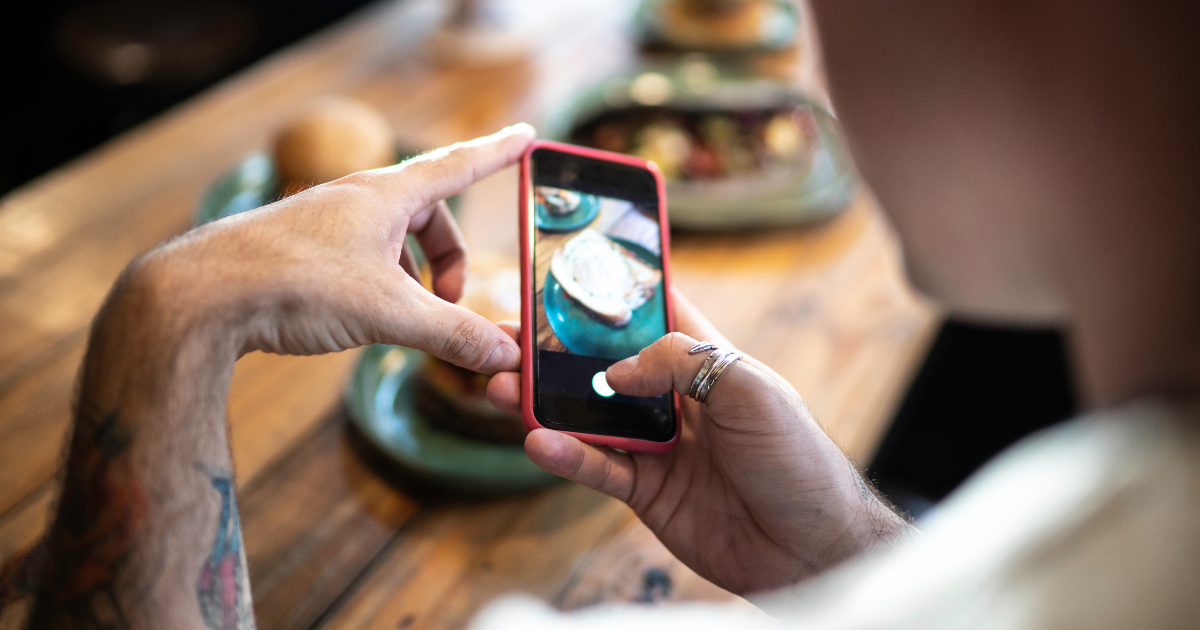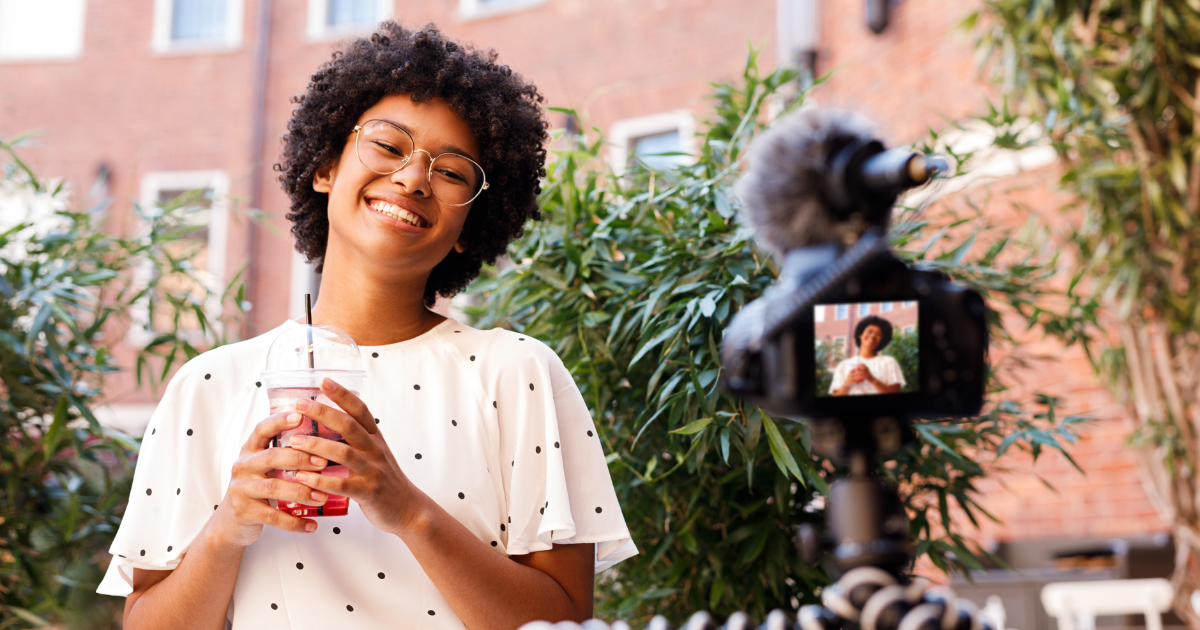While influencers have lost their street cred, creators are cultivating a culture of integrity.
Remember when selfie museums were a thing? Not long ago, posting daily photos of coffee art was deemed socially acceptable — along with vignettes and Valencia filters. It was during this bygone era of the 2010s, that we witnessed the rise of the ‘influencer’.
Jump to creator vs Influencer differences

The label has historically been applied in a laissez-fair manner, associated with everyone from hyper-coiffed beauty bloggers to far-right fanatics. A Russian presidential candidate, the Virgin Mary, and this matcha-loving tattoo model are just a few to have fallen under the category.
Diversity aside, one similarity that they do more or less share, is having a large following (of 100,000+ followers), granting them micro-celeb status at the very least.
Over the years, brands have utilised these large followings, courting big-star influencers to partner with them on advertising campaigns.
As influencers leveraged their follower counts to cash in on major deals, the market boomed, growing from $1.7 billion in 2017 to $8 billion in 2019.
However the tides are changing — not just for brands, but for those creating and digesting content themselves.

Stars don’t yield high engagement
Firstly, influencers who may appear to be successful and have large followings still yield a relatively low engagement.
As we explored in this study, macro to celebrity influencers with a minimum of 500k followers typically achieve 1-3% engagement at best. Meanwhile, smaller creators get higher engagement, so the same budget could be allocated to more accounts, resulting in better reach.
This not only guarantees positive results in some shape or form, but by avoiding putting ‘all eggs in one basket’, the more accounts there are in a campaign, the lower the risk it has of failing overall. This improves not only performance but predictability as well. We already see that advertisers have cottoned onto this, adapting their strategies to include those with ‘nano’ followings.

No more Insta perfect
Another signifier of change is that people have started to see through the ‘influencing’.
Often fed a pre-formulated script by advertisers, influencers are often seen as somewhat contrived — aspirational, highly-curated, and well, kind of basic.
As young generations brace themselves for yet another economic crisis, the luxurious picture-perfect lifestyles propounded by many influencers have been perceived as insensitive.
No stranger to being subject to satire, not only have try-hard influencers become a source of entertainment, but also shame and scandal.
Zoomers in particular see right through this. They have a strong authenticity radar, and are drawn to content that is relatable, warts and all. The growth of confessional and conversational formats that are largely unpolished stand testament to this.
We believe they’ve got the right idea. Our goal is to fight through the fakeness and encourage fairness and transparency in this fast-growing multi-billion dollar industry.
Creators are a different breed from the human billboard trope that we’ve come to love to hate.
This is why we believe differentiating influencers and creators makes sense, not only for brands, but for all of us who are making and digesting this content everyday.
Who are influencers?
- Influencers are self marketers that leverage social media to grow a following. They then exert influence over that following and their purchase decisions in order to make money.
- To get to the nuts and bolts of it, the term implies that influencers establish themselves with the primary intention of being used by advertisers for marketing purposes.
- They can often be given a pre-prepared script or brief, and are therefore limited in their creative input.
- This has led to the prevalence of the ‘human billboard’. An example of this archetype could be a brand using an influencer with a feed full of party photos to sell detox tea.
Who are creators?
- Creators develop original, high-quality content as a form of self-expression, rather than for the sole purpose of making money.
- They are often involved in the process from start-to-finish, wearing many hats as writers, videographers, editors and photographers.
- Creators have an audience due to the authentic, engaging content that they produce — because of their creativity.
- They can support themselves by allowing advertisers to tap into their audience, but their creativity does not come under compromise.
Creativity and authenticity are why creators have their audience and command their trust. Failing to respect that can be disastrous for both the brand and the creator.
This is why we believe creator marketing is the natural evolution of influencer marketing.
It propels genuine content, made by people who are passionate about what they are doing. And that is something that we welcome in our newsfeeds over a Kardashian selling detox tea any day.




